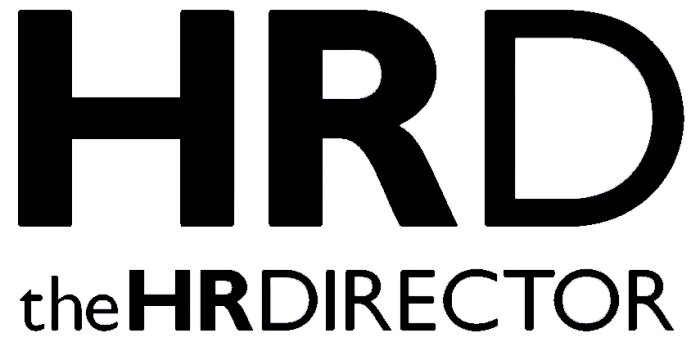Choosing the Right Operating Model for Your Business
In a competitive, fast-evolving business environment, your operating model can be the difference between strategic agility and organisational inertia. But with so many choices, centralised, decentralised, functional, divisional, matrixed, how do you choose the right one?
Your operating model is more than just a structure; it’s the blueprint for how your organisation delivers value. It defines roles, responsibilities, processes, and how decisions get made. An optimal operating model aligns your strategy with execution and sets you up to scale, adapt, and thrive.
What Is an Operating Model?
An operating model describes how a business is organised to deliver on its strategy. It includes:
- Structure: How teams are organised
- Governance: How decisions are made and by whom
- Processes: How work flows across the business
- Technology: The systems that underpin execution
- Culture: The shared values that influence behaviour
Think of it as the bridge between your strategic vision and day-to-day operations.
Why Your Operating Model Matters
According to McKinsey, companies that align their operating model with their strategy are 2.5 times more likely to outperform their peers in total returns to shareholders over a 10-year period.¹ Misalignment, on the other hand, results in duplication, friction, and wasted resources.
In a 2023 Deloitte survey, 72% of executives said their current operating model hinders their ability to respond to market changes quickly.²
With business cycles accelerating and workforce expectations shifting, the stakes for choosing (and continuously refining) your operating model have never been higher.
Types of Operating Models
There’s no one-size-fits-all solution, but most operating models fall into one of the following:
- Centralised: Decision-making authority is concentrated at the top. Works well for standardisation and efficiency but can slow innovation.
- Decentralised: Business units operate independently. Good for responsiveness but can lead to fragmentation.
- Functional: Organised by expertise (e.g. marketing, finance). Efficient for deep skills but may lack cross-functional alignment.
- Divisional: Organised around products, customers, or geographies. Enables autonomy but can duplicate effort.
- Matrixed: Employees report to more than one leader (e.g. function and geography). Encourages collaboration but can create confusion.
You may also encounter hybrid models, that is combinations tailored to specific industries or growth stages.
How to Choose the Right Model
- Start with Strategy
- Your operating model should follow your strategy, not the other way around. Are you aiming for rapid innovation, cost leadership, or customer intimacy? Each calls for a different structure and set of behaviours.
- Map Capabilities to Outcomes
- Identify the critical capabilities you need to deliver your strategy and design your model around enabling them. For example, if speed to market is key, minimise handoffs and empower cross-functional teams.
- Consider Culture and Leadership
- No model works without the right mindset. A decentralised model, for instance, demands trust and accountability. Ensure leadership style and team behaviours are aligned.
- Test and Evolve
- Design a model that’s flexible. Pilot changes in specific areas before rolling out company-wide. Monitor performance and feedback loops and iterate. The best models are adaptive, not static.
- Balance Autonomy with Control
- Especially in scale-ups, it’s tempting to decentralise quickly. But too little governance can be as harmful as too much. Create frameworks that enable local decisions within clear boundaries.
The Role of Technology
Today’s operating models are increasingly digital. Cloud platforms, automation, and AI are enabling flatter, faster organisations. According to PwC, 60% of executives say technology modernisation is a top enabler of operating model transformation.³
Invest in systems that support collaboration, visibility, and agility, especially across hybrid or distributed teams.
Final Thoughts
Choosing the right operating model is a strategic act, not just an organisational exercise. The best models are designed, not inherited. They serve your purpose, empower your people, and position you to respond with clarity in an unpredictable world.
If you’re thinking about refreshing your operating model, get in touch with Cintriq today and find out how the right operating model can unlock exponential value.
Sources:
- McKinsey & Company, “How operating models power strategy execution,” 2022
- Deloitte, “2023 Global Human Capital Trends,” 2023
- PwC, “Global Digital Trust Insights Survey,” 2024







